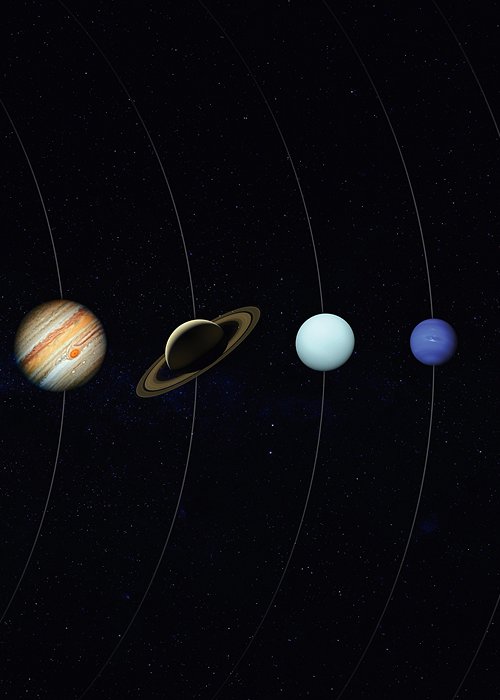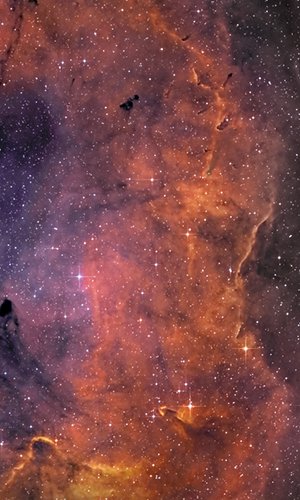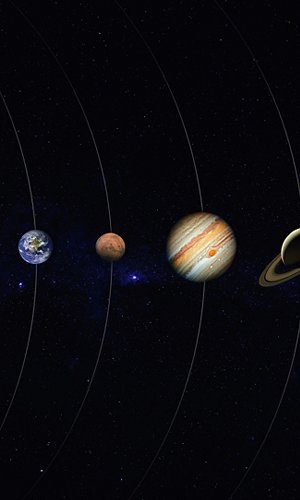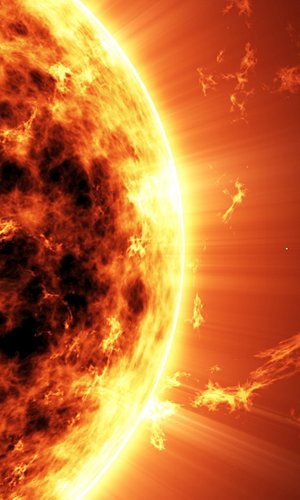Today we are at a very privileged time in the exploration of our planetary system. The big space missions of the present and of the past have enabled us to start knowing the profile and the characteristics. So we can have a new image of this part of the universe, in which the Sun and the planets are not the only protagonists, and we find satellites, like the Moon, the asteroids, the comets, the dusts. And not only that, like a glue that does not allow the parts that are deep in space to disperse, there is the force of gravity and we make the effort to imagine a system of bodies of a different nature and size rotating around a medium sized star. We are now ready to start entering more deeply into this space.




